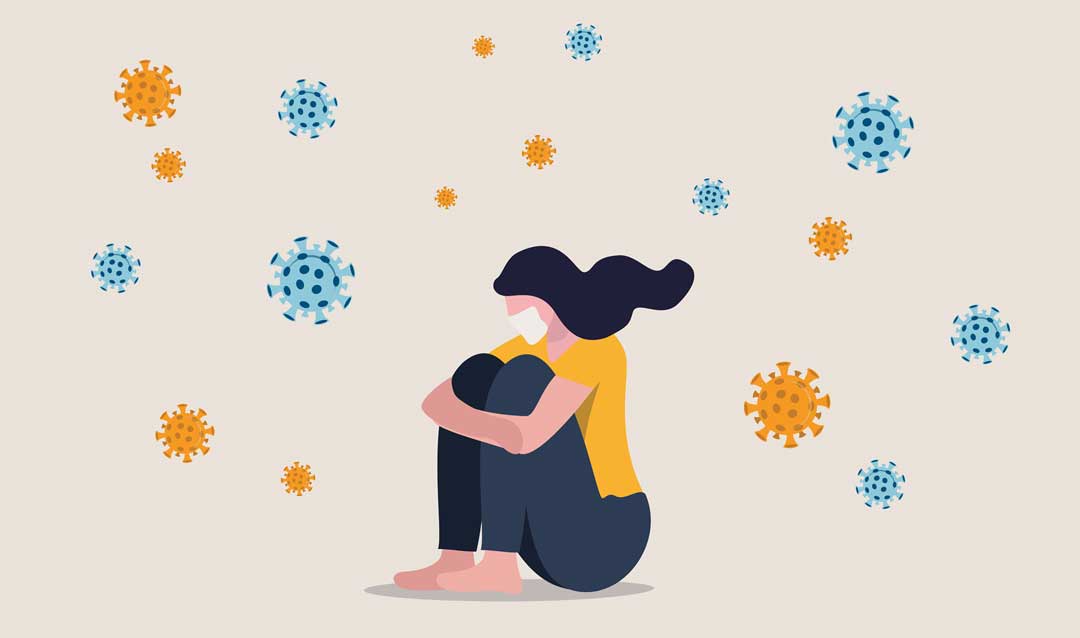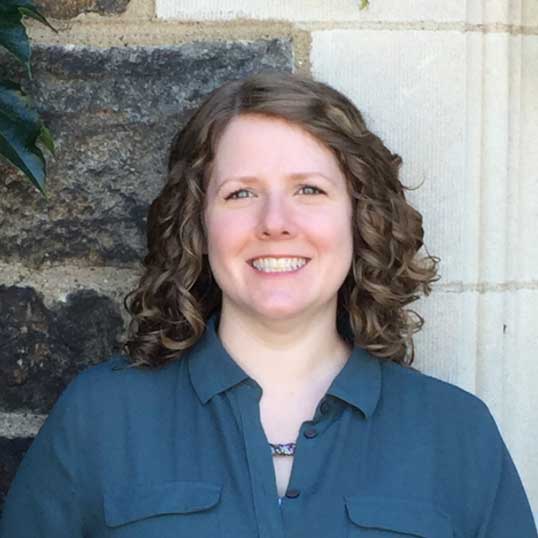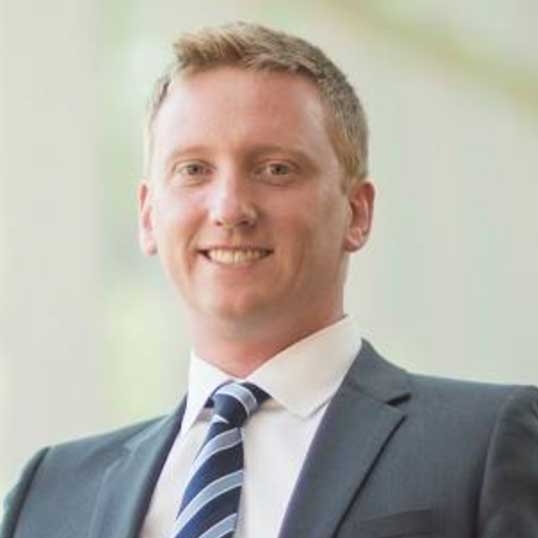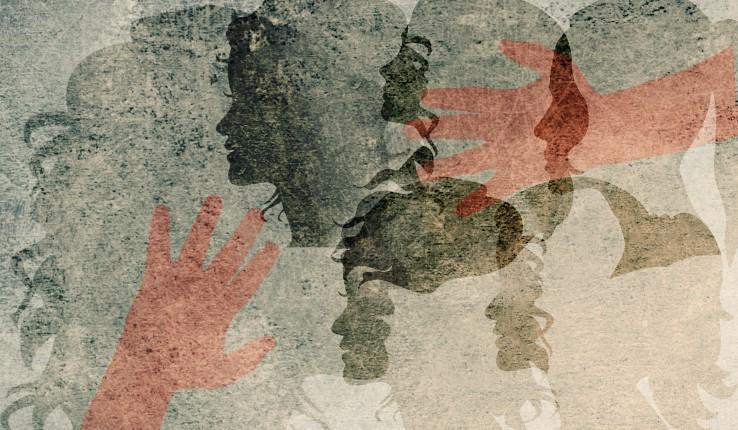In addition to Marsh and Packer, the team includes faculty in a range of disciplines: Paolo Bocchini, associate professor of civil engineering; David Casagrande, professor of anthropology; Brian Davison, associate professor of computer science and engineering; Alberto Lamadrid, the Class of 1961 Associate Professor of Economics; Richard Sause, the Joseph T. Stuart Professor of Structural Engineering; Daniel Abrahams, a postdoctoral researcher in I-CPIE; and Nick Ungson, research associate in psychology. Together, they aim to better understand whether traditional metrics align with the lived experiences of people in recovering communities. Each team member will apply particular expertise to survey questions and data collection. Casagrande, Marsh, Packer and Abrahams bring to the project their experience in measuring people’s perceptions, beliefs, and behaviors; Bocchini and Sause bring their experience collecting and analyzing traditional metrics of infrastructure damage and recovery. Bocchini, Casagrande, Lamadrid, Sause, Davison and Abrahams also have significant prior experience working with disaster data and affected communities.
“Disaster resilience and recovery is often measured by metrics such as infrastructure recovery or economic variables,” the team wrote in its proposal. “We aim for a more holistic understanding of community resilience and recovery.”
After developing surveys and interview questions, team members in April surveyed a sample of approximately 2,500 individuals and resampled them two weeks later. The researchers, with the assistance of Gaby Montes ’20, a graduate student in the College of Education, have been following up every six to eight weeks with short surveys and are also conducting in-depth phone interviews with citizens and key decision-makers in the Lehigh Valley, as well as counties in New Jersey and California. Questions focus on participants’ perceptions of their own resilience and mental health, the challenges they face, infrastructure usage, and their perceptions of the state of their own particular communities, including the perceived economic impact. The team will also collect objective data related to confirmed cases of COVID-19, mortality rates, infrastructure usage, economic activity and other pertinent impacts.
The team plans to address sense-making by examining the schemas, or outlines for thinking about situations that guide a response, that individuals bring to this particular pandemic event. Schemas are informed by previously experienced events, such as, for example, a hurricane, a terror attack or another public health crisis. The team will also investigate the communities with which individuals identify—national, local, religious, occupational—which can also guide behavior. Researchers will then assess participants’ self-reported behavioral responses throughout the pandemic response.
So far, the gathered data has been informative, particularly with regard to stress, says Packer.
“We've been looking at predictors, for example, of stress and anxiety,” he explains. “And a lot of it makes a lot of sense. People who've lost their job or have less income because of COVID are obviously more stressed out. Anyone who's experienced disruptions [during the pandemic], like having trouble getting health care or parents with kids at home—everyone's got more elevated stress.”
Packer notes that the data indicates that community identity can predict lower immediate stress or decreased stress over time.
“It's this feeling that you live in a community where you're connected to other people, that they're supportive, that your community is coping fairly well,” he explains. “That's actually a strong predictor of less stress. It’s actually one of the strongest predictors we're seeing of stress at all in our data. And I think it makes a lot of sense because in a disaster, you suddenly are bound to your community. You can't really go anywhere else, all your outcomes are linked to [factors like] ‘Do my grocery stores have toilet paper?’ [and] ‘Is my hospital able to function?’”
Preliminary data also indicates that individuals who focus on the local community rather than issues at a state, national or global level experience less stress.
“The more that people said they were looking at the world or the United States or their state, the more stressed out they were. But the more they said they're looking at their local community, the less stressed they were. And that was true even in the hardest-hit states, I think because although things are terrible overall, in your local community, for most people… neighbors are helping each other,” Packer explains.
The research team’s flexibility, says Marsh, enabled a quick shift in focus when the coronavirus crisis began, and allowed for a new approach that has equally powerful potential.
“We had this question and we were going to answer it in this one way, and now that’s not possible,” she says. “So what do you do? Here's our solution for trying to answer it another way. That, to me, is a takeaway I'd want people to have on this. Many people in the social sciences are doing this right now, sending surveys out into the world to figure out how people are thinking about [the pandemic]. So we're not unique in doing that, but for us it’s a pivot. We're having to be nimble, and that’s not always something you can do in your science. We're lucky that we can.”
Work on the project will continue through August 2021.







